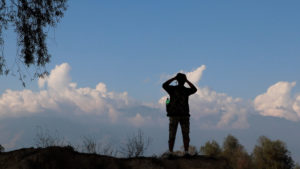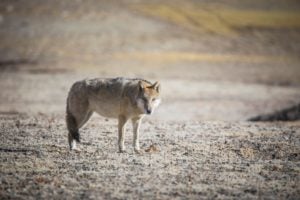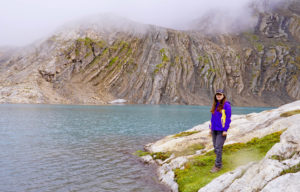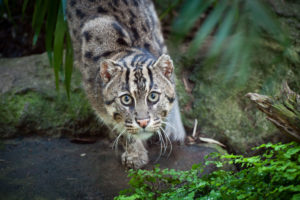Eight-year-old Iqra Jan is still traumatised after being attacked by a leopard near her home in a remote part of northern Kashmir in June this year. She was lucky to survive the attack, which happened while she was with her mother, grazing the family’s cows on a forested hillside. The previous week, the same leopard was responsible for the deaths of two other youngsters in a nearby area.
From the beginning of 2010 to the end of March 2020, wild animals, including leopards and bears, killed 166 people in Kashmir and injured 2,659, according to data from the region’s wildlife department (given to The Third Pole in printed form and reproduced here). According to wildlife warden Intesar Suhail, these numbers are significantly higher than in the 1990s. There have been concerted efforts to tackle human-wildlife conflict in Kashmir over the past decade, with more wildlife department control rooms set up across the valley, better training and equipment for forest guards, and awareness programmes for communities. In relative terms, this has helped reduce the number of deaths and injuries over the past few years. But with more than 10 deaths so far this year, there is a sense of alarm among communities, especially in remote areas.
Reliable data is hard to obtain in this part of the world – but the continued high numbers of wildlife attacks are in part due to better reporting. The rise in mobile phone use in Kashmir and access to the internet mean more people are aware they should report wildlife attacks and have easy ways to do it. Better reporting also allows the authorities to deal with incidents faster, rescuing both injured humans and cornered animals. But the root cause of the problem is unchecked and is getting worse: Kashmir’s wild creatures, encircled by border fences, are under increasing pressure from human population growth and habitat destruction.
Both the wildlife department and conservation NGOs such as Wildlife SOS are working to find ways for people and animals to live together. But when attacks happen, community anger has been known to boil over, with mobs gathering to hunt down and kill the animal involved. This is one reason the wildlife department has stepped up its ability to respond efficiently when attacks happen – heightened tensions only aggravate the situation. But for both Intesar Suhail and conservationist Aaliya Mir, the only way to really deal with the human-wildlife conflict is to conserve and restore the habitats that Kashmir’s wild animals rely on for shelter and food. The “voiceless fellow beings” of this beautiful Himalayan region need a home just as much as its people.
Production credits:
Directed by Aaqib Fayaz and Danish Qazi
Produced by Aaqib Fayaz and Danish Qazi
Filmed by Danish Qazi
Edited by Kashif Shakeel
Thanks to Lizi Hesling and Aron White
Copyright notice:
This video is released under a Creative Commons Attribution Non-Commercial licence. Should you wish to share or make use of it, please respect the terms of this licence. For a free copy please contact us: [email protected]. A clipreel of the footage is also available on request.







